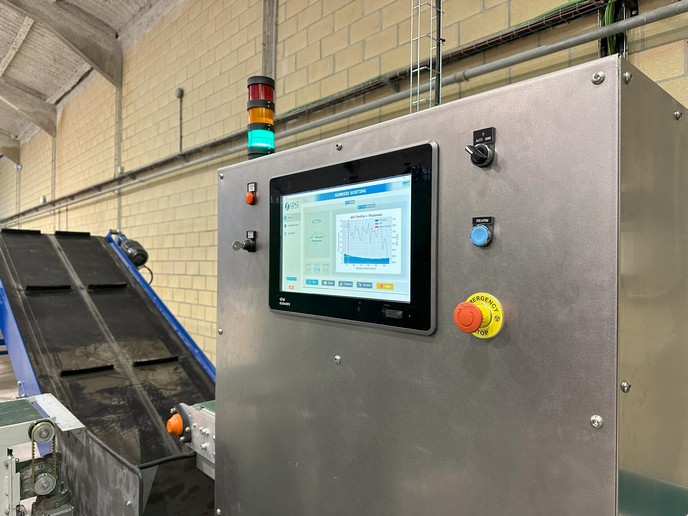New and improved four-step process optimises biorefinery operations
Lignocellulosic biomass is an abundant and renewable resource. In fact, it is the most abundant and sustainable raw material on Earth for the production of bio-based chemicals and materials. However, current processes consume too much energy and resources, making bio-based products expensive. The individual process steps can become more efficient by developing process intensification methods. With such techniques, multiple processing steps are integrated into single unit operations. This helps biorefineries to minimise costs, reduce waste and promote the production of eco-friendly materials and chemicals. Biorefineries are expected to be a key part of the circular bio-based economy. The circular bioeconomy can help build a sustainable future and contribute to meeting the European Green Deal’s ambitious targets, especially the path to climate neutrality.
It all begins with sugar purification and conversion
The EU-funded BioSPRINT project improved the biorefining processes that purify and convert sugars from lignocellulosic biomass such as wood and straw. The scientists introduced a four-step process to recover sugars present in hemicellulose streams from lignocellulose biorefineries and use them to make novel bio-based polymers.
Creating an integrated step-by-step biorefinery model
During the initial upstream purification step, the sugars are extracted from the hemicellulose streams using precipitation and membrane technologies. In the second step, with the help of optimised catalysts, these sugars are then converted to furans such as furfural and 5-HMF. The third step deals with separating these furans from the reaction solvents in preparation for the polymerisation step. During this final step, the purified furans are used to produce so-called phenolic resins and polyols. “The use of innovative intensification methods during all processing steps improves energy efficiencies and resource use,” explains BioSPRINT coordinator Christina Andreessen. “This leads to lower production costs and improves the business viability of biorefining operations, which ultimately contributes to advancing the production of bio-renewable materials.” Examples of the methods include innovative precipitation approaches using centrifugal force fields, the formulation of optimised catalysts, integrated and intensified distillation processes and ultrasound-enhanced polymerisation. The project team validated the versatility and scalability of the technologies, demonstrating that they work well with different types of hemicellulose streams.
Training, education and capacity building
Several webinars and hybrid workshops were well attended by both academia and industry. The events offered plenty of opportunity for the beneficial exchange and training related to the developed process intensification methods. Researchers and industry professionals continue to use the materials as a valuable resource to further develop and apply the technologies to their own biorefining efforts. Some of the research dissemination content created for the workshops will also become part of the new Master’s level courses at three universities and research institutions in Finland, Slovenia and the United Kingdom that participated in BioSPRINT. The process intensification technology also aligns with several United Nations Sustainable Development Goals involving energy efficiency, waste reduction, resource conservation, emission reduction, circular economy principles and sustainable development. “With efficient biorefining processes, producing bio-based materials is more economical and requires less resources,” concludes Andreessen. “This facilitates the shift towards a circular bio-based economy and reduces the reliance on fossil fuels.”
Keywords
BioSPRINT, material, biorefining, energy, process intensification, hemicellulose, furan, lignocellulosic biomass, purification, circular bio-based economy







